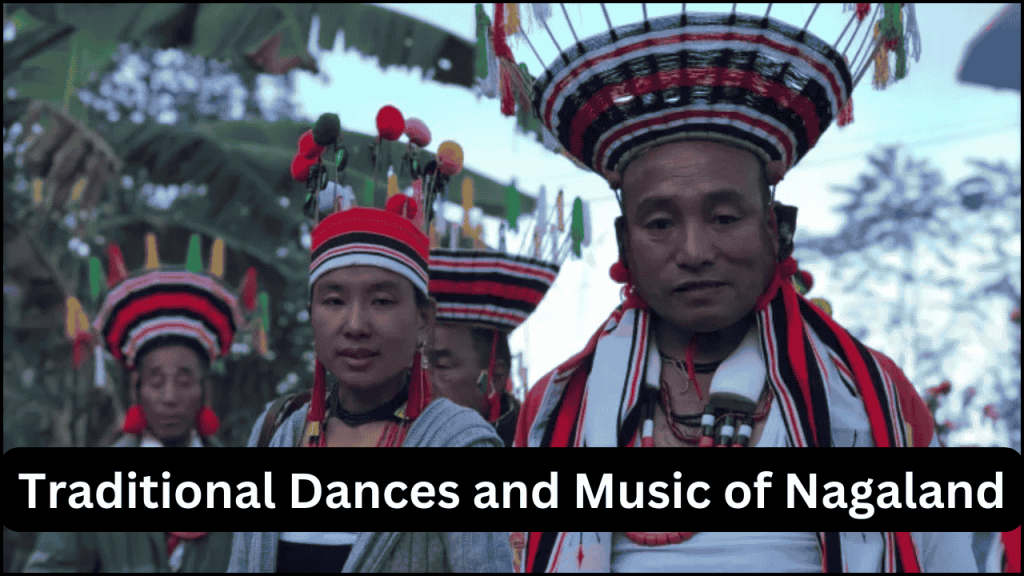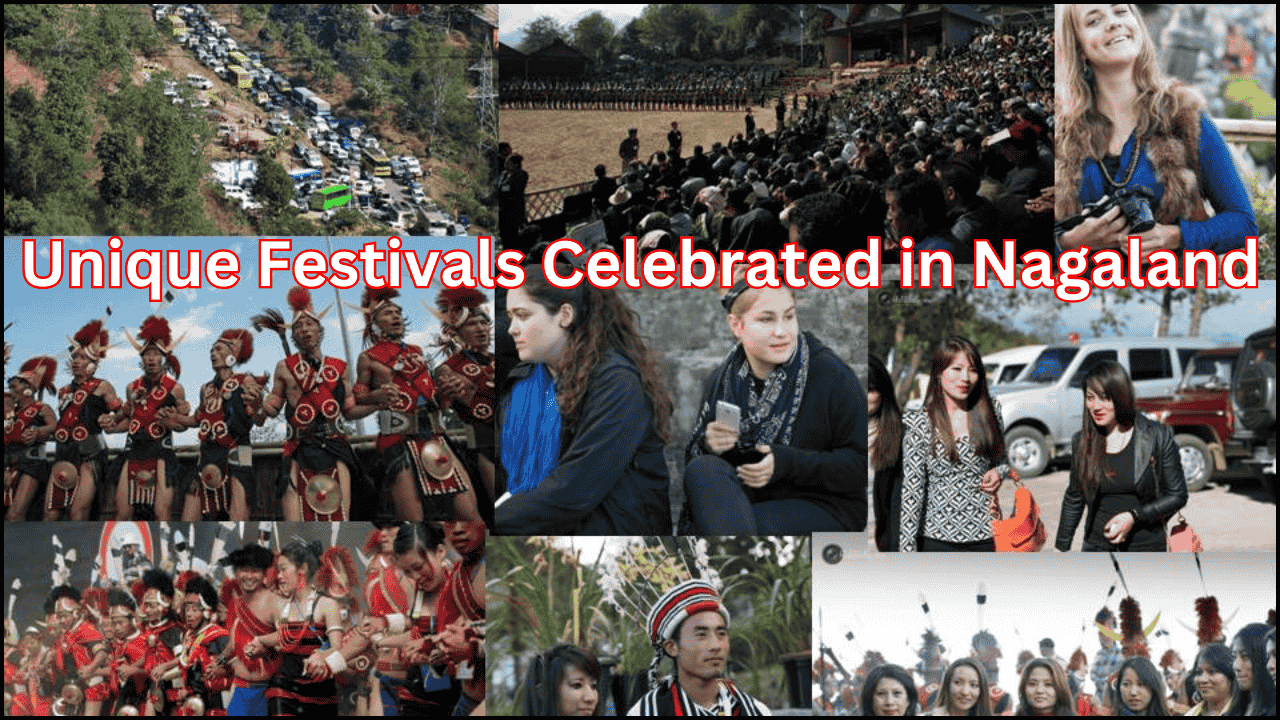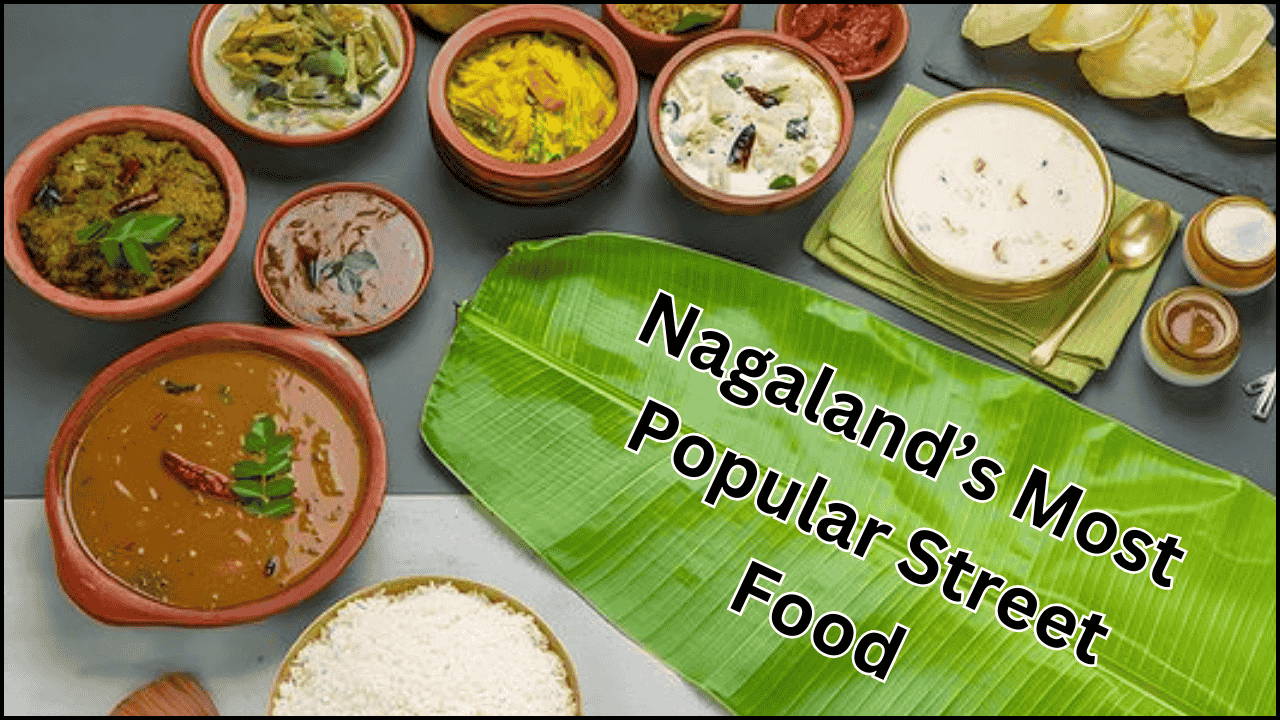
Nagaland, the land of vibrant cultures and colorful traditions, is one of the most culturally rich states of Northeast India. The state’s diverse tribal communities have preserved their unique customs, folk dances, and music over centuries. The traditional dances and music of Nagaland are not just forms of entertainment but an essential part of their cultural identity, reflecting their history, lifestyle, and spiritual beliefs.
Let us explore the beauty and significance of the traditional dances and music of Nagaland.
The Cultural Importance of Dance and Music in Nagaland
In Nagaland, music and dance are woven deeply into the social and cultural life of its people. Every festival, celebration, or community gathering is incomplete without folk dances and traditional songs. These performances often tell stories of love, bravery, harvest, victory in war, or daily life in villages.
Dances are performed in groups, symbolizing unity, joy, and togetherness. Music, on the other hand, connects the people to their roots and nature, using traditional instruments and soulful voices.
Popular Traditional Dances of Nagaland
1. Chang Lo (Sua Lua) Dance
This is one of the most famous warrior dances of the Chang tribe. Performed during Naknyulem Festival, the Chang Lo dance celebrates the victory of warriors returning from battle. The dancers wear colorful traditional attire with headgear decorated with feathers and animal hair, moving powerfully to the rhythm of drums and gongs.
2. Zeliang Dance
Performed by the Zeliang tribe, this dance represents the unity of different Naga tribes. The dance involves both men and women dressed in traditional costumes, performing synchronized steps that display harmony and brotherhood.
3. Kuki Dance
The Kuki community performs this dance during festivals and special occasions. The dancers form a circle and perform energetic steps, accompanied by drum beats and singing. It reflects happiness, social bonding, and a spirit of celebration.
4. Naga Warrior Dance
Many Naga tribes have their own warrior dances performed during festivals. These dances portray the bravery and fighting spirit of the ancestors. The dancers carry spears, shields, and wear ornaments made from animal bones, teeth, and feathers.
5. Moatsu Dance (Ao Tribe)
The Ao tribe performs the Moatsu dance during the Moatsu Mong festival, which marks the end of sowing seeds. The dance celebrates friendship, unity, and prosperity. People form circles, sing, and dance together with great enthusiasm.
Popular Musical Instruments of Nagaland
Nagaland’s traditional music heavily relies on unique musical instruments crafted from locally available materials.
1. Tati (Single-string Instrument)
A traditional stringed instrument used mainly by the Angami tribe. It produces a soothing sound and is often played while singing folk songs.
2. Log Drum
Made from hollowed-out tree trunks, this huge drum is placed in a Morung (youth dormitory). It is used to send messages across the village and is played during dances and festivals.
3. Bamboo Flute
Carved from bamboo, this flute produces melodious tunes and is often used during love songs or solo performances.
4. Trumpets and Horns
Made from animal horns or bamboo, these instruments are blown during dances and celebrations, adding energy and rhythm to performances.
Significance of Folk Songs in Naga Culture
Folk songs of Nagaland are usually sung during work, celebrations, or in leisure time. The themes of the songs vary from nature, love, war, bravery, farming life, and tribal myths. The lyrics are simple, often passed down orally from generation to generation.
Popular song styles include:
- Heliamleu (Love Songs)
- Songs of Harvest
- Warrior Songs
- Festive Songs
These songs are sung in the native dialect of each tribe, preserving the linguistic heritage of Nagaland.
Hornbill Festival — A Celebration of Naga Music & Dance
Every year in December, Nagaland hosts the famous Hornbill Festival at Kisama Heritage Village near Kohima. This festival brings together all 17 recognized tribes of Nagaland to showcase their cultural heritage, including traditional dances and music.
Visitors from all over the world come to witness mesmerizing performances, listen to tribal songs, and participate in folk dances. The festival has become a symbol of unity and cultural pride for the Naga people.
Final Thoughts
The traditional dances and music of Nagaland are not merely art forms but a reflection of their history, emotions, and vibrant way of life. They connect the present generation with their ancestors, preserving the rich heritage of the Naga tribes.
As modernization continues to grow, efforts to preserve these cultural treasures are increasing. From local festivals to international platforms, the world is gradually recognizing the beauty and uniqueness of Nagaland’s music and dance.
By celebrating and sharing these traditions, the people of Nagaland continue to keep their cultural flame alive for future generations.




